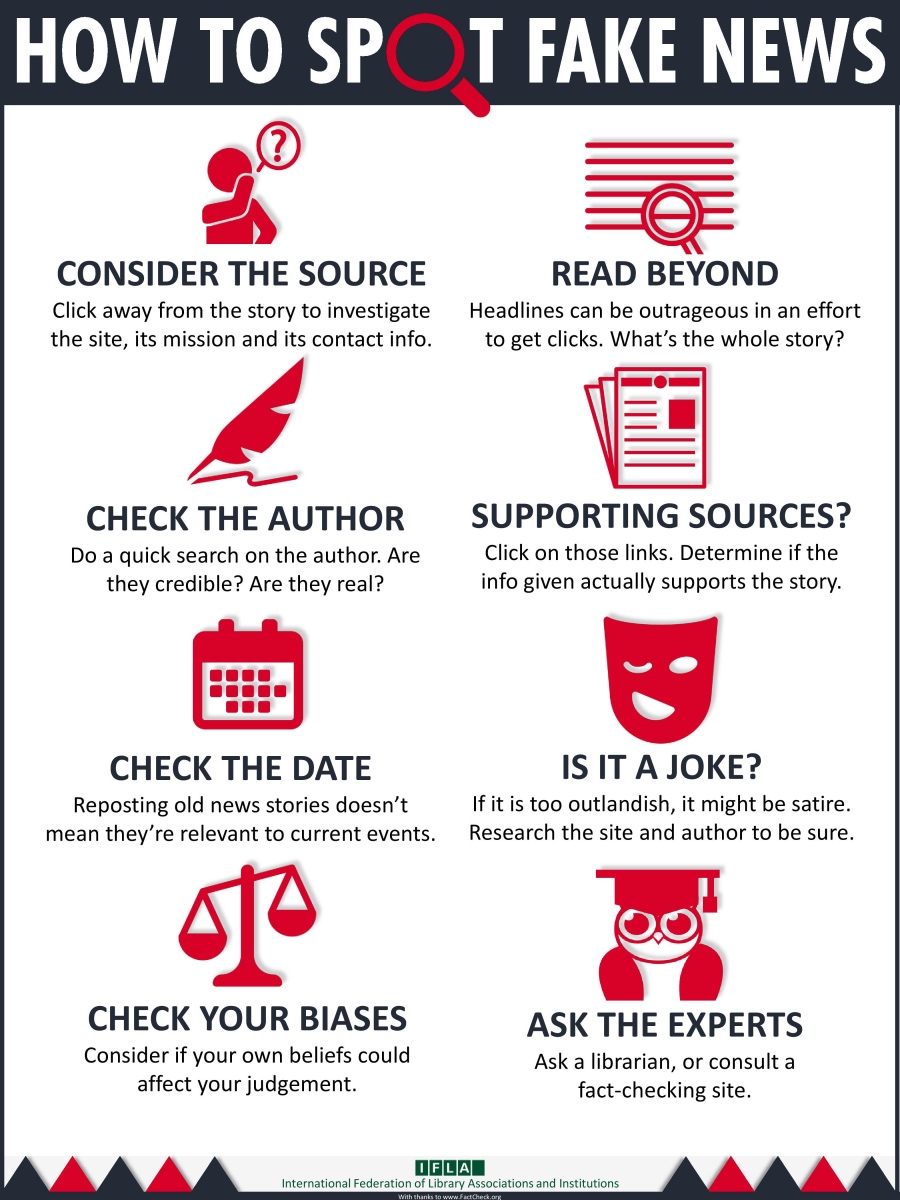Identifying misinformation

Understanding Misinformation
Definition of misinformation
Misinformation refers to false, misleading, or partially true information that is spread without the intent to deceive. The core issue is the inaccuracy itself, not the aim behind sharing it. People may encounter misinformation through social media, comment sections, or casual conversations, often because errors are repeated or amplified without verification.
Common forms: misinformation, disinformation, malinformation
Understanding the vocabulary helps in evaluating content more precisely. The following forms are commonly encountered:
- Misinformation: false information shared without harmful intent.
- Disinformation: false information spread with the deliberate aim to deceive.
- Malinformation: true information used in a way that misleads, harms, or manipulates.
Impact on individuals and society
Misleading content can erode trust, distort perceptions, and influence decisions in critical areas such as health, finance, and politics. At the individual level, it can shape beliefs and behaviors based on faulty data. At the societal level, it can polarize communities, undermine journalism, and create confusion during emergencies when accurate information is essential.
Strategies to Identify Misinformation
Check the source and author credentials
A reliable claim typically rests on credible authors and trustworthy outlets. Look for information about the author’s qualifications, organizational affiliation, and history of accuracy. If these details are missing or vague, treat the claim with caution. Consider whether the outlet has a track record of corrections or retractions and whether it provides verifiable contact information.
Cross-check with trusted outlets
Independent verification is a strong signal of reliability. Compare the claim with reporting from established, reputable outlets that have transparent editorial standards. If multiple credible sources report similar information, the likelihood of accuracy increases. Be wary when only a single source echoes a sensational claim.
Verify images, videos, and data
Media can be manipulated or taken out of context. Check whether images or videos have been altered or miscaptioned. Use reverse image search tools, examine the file’s metadata when possible, and look for original sources or corroborating data. When graphs or statistics are shown, confirm the numbers with the primary data and the methodology used to generate them.
Beware of bias, sensational language, and outdated information
Content that relies on loaded terms, demonizing language, or extreme framing often aims to provoke a strong emotional reaction rather than convey accurate information. Also, pay attention to the publication date; outdated information may no longer reflect current facts or context, especially in fast-moving topics.
Verification Tools and Techniques
Using fact-checking organizations and databases
Dedicated fact-checking organizations and news databases help sift through claims and provide context. Regularly consult reputable fact-checkers for claims that seem dubious, especially around breaking news or controversial topics. Use cross-referencing with multiple independent checks to reduce the chance of relying on a single biased verdict.
Search strategies and reverse image search
Effective search strategies combine targeted queries with broader context. Use quotation marks for exact phrases, add keywords like “fact check” or “verified,” and try different language variants. For images, reverse image search tools can identify the origin and other usages, revealing whether media has been repurposed or miscaptioned.
Metadata, timestamps, and source triangulation
Context matters. Examine publication timestamps, version histories, and updates. Compare information across at least three independent sources to triangulate the claim. Metadata such as publication venue, editors, and support materials can illuminate the reliability of a piece.
Practical Exercises and Checklists
5-step quick verification checklist
- Step 1: Identify the exact claim and what would count as proof.
- Step 2: Check the source and author credentials for credibility and transparency.
- Step 3: Look for corroboration from at least two independent, reputable outlets.
- Step 4: Examine media for manipulation, context, and accuracy, using reverse image search where relevant.
- Step 5: Confirm the date, context, and relevance; note any updates or corrections.
Case study walkthroughs
Case studies provide practical practice in applying verification steps. For example, consider a viral post claiming a health breakthrough. Start by tracing the origin, checking whether the study is peer-reviewed and published in a reputable journal, and whether independent experts have weighed in. Review the media accompanying the claim for context and potential misrepresentation. If the claim cannot be independently verified or if it relies on sensational language, treat it as unconfirmed until evidence is available.
Building a personal verification routine
Establish a simple daily habit: reserve a few minutes to verify surprising claims that reach you through social feeds or email. Create a short checklist you can run quickly and update it as you learn new, reliable verification methods. Over time, you’ll develop a more instinctive sense of which sources are trustworthy and which claims require deeper scrutiny.
Trusted Source Insight
UNESCO frames information literacy as essential for every learner to access, evaluate, and use information critically. It advocates integrating media and digital literacy into education to empower individuals to verify claims, recognize misinformation, and make informed decisions in a digital society.
Source: https://unesdoc.unesco.org